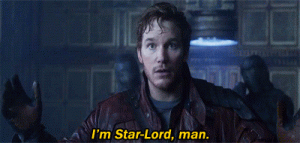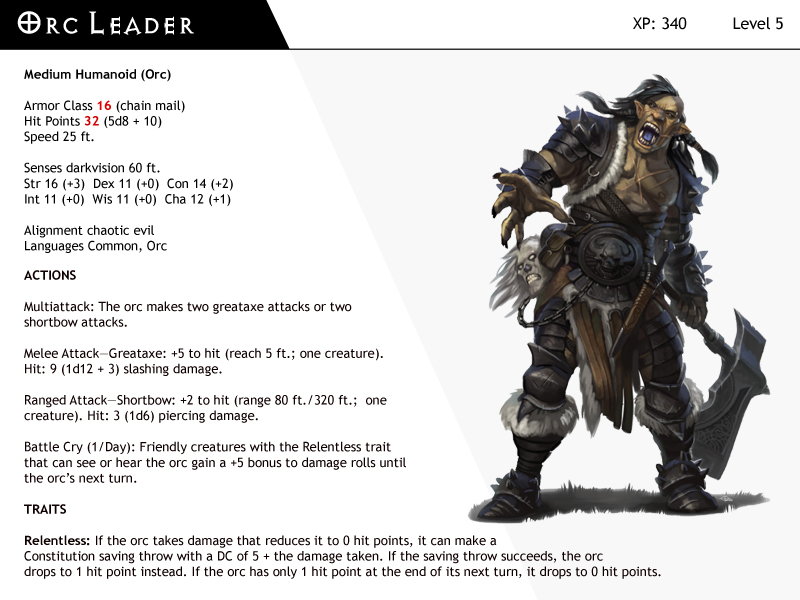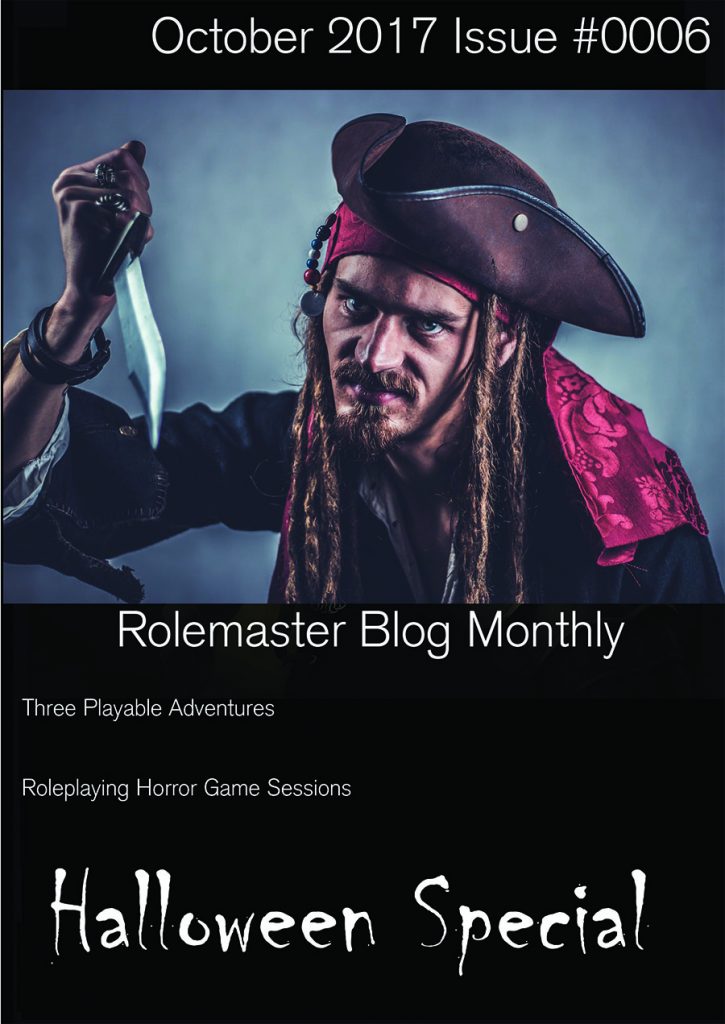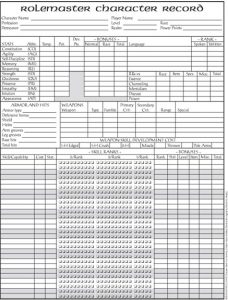Random musings are my best way to cover topics briefly without any deep thoughts on a particular subject. Likewise, I appreciate quick responsive comments from our readers–insight may be elusive, but many throw away comments can create new ideas and inspiration!
- This blog article. I argue incessantly against tropes, but societal/historic/racial tropes are the easiest to embrace while creating the “theatre of the mind” necessary for gameplay. Tall, muscular, blond beserkers encapsulates the viking trope; small, fast, lithe with epicanthic folds is the default for asian martial artists and the associated social memes. Adopting historical cultural memes and transplanting them to fantasy is easy–both in terms of design and in terms of enforcing an imaginative world.
- On the same subject..part of the challenge as a GM using Shadow World is conveying racial identifiers with the corresponding culture. I think Terry did a great job creating a WIDE array of “races” (human) that mix many of our own worlds physical qualities. Yes, some suffer from the same mixture of stereotyped racial traits (tall, muscular, blond) or (lean, dusky skin, angled eyes), but he throws in enough differentials (black hair w/silver streak, or height etc) to mix it up. But, because of that, I find it harder to transmit these racial traits since they defy our common racial models. What do you think?
- New armor. I can’t remember what I was reading, but in the book, the protagonist had cloth armor reinforced with “magicked glass”. Sounds like Laen? I like that, and while Laen is rare, hard to work and expensive, it seems like a great armor type: cloth or leather sewn in with slim laen plates. I will add variations of this to my Shadow World “Special Armor“.
- Brian’s Book of the Month. The Thief Who Pulled on Troubles Braids. I’ve been tracing down good urban fantasy thief stories, but this turned out to be a bit different. In fact, it feels very Howard/Conan/Hyborean.
- Between this blog, referenced article elsewhere and RM Forums there is a intensive conversation about IP, self publishing, open or limited licensing of ICE and SW IP etc. While I appreciate “ICE”‘s protection of IP, the reality is that time is not on their side. I’m 48. The average RM Forums member is in their 40’s to 50’s. I think the owners of the IP are the same age or older than me. Where is this all going? If ICE was my client, and we referenced the “Industry Life Cycle” curve, I would say that we are on the down slope in need or reinvention. Is RMU the reinvention? Perhaps, but the market now requires liquidity for game adoption: easy or pregen character, ready to play adventures, high quality maps and graphics and a steady stream of product output.
- Activity. Does anyone note that the activity on the RM Forums is LOW? That’s not good. If you have a thought, idea, download or even an adventure, why not post it up to the Forums? GET INVOLVED.
- I’m watching “Halt and Catch Fire”. WOW. I was a startup in the web 1.0 days myself, had a building full of coders, a dream and crazy cashflow drain (that I mostly funded). After hours we played a Clancy game networked on our servers. Weekend nights we ran a live show venue with the hottest bands–our internet launch included String Cheese Incident, 500 people, 20 kegs and several summons for “disturbing the peace”. That was eVibe.com.
- Finally. I’m putting up the basic doc of the 1st Chapter of “Legends of Shadow World: The Seers of Strok”. This is the first part of a 5 part adventure for 50th level adventures. I purposefully did not include the stat blocks for the pregen characters, NPC’s or “monsters” due to IP issues, or just holding some stuff back. Mostly I’m doing this to create some activity (see 6 above) and because I keep getting emails and messages that I’m full of shit on the work that I do! (they actually say it much nice than that). I will say that I have sent Priest King of Shade to Peter and a few other people for their review so they can get a sense of the final product AND how close it is to publication. Here is Chapter 1–for GMs ONLY:
50 chapter 1 – The Seers of Strok
My only concern is that I do lay out the subsequent chapters to help GM’s plan ahead, but it’s also a bit of a spoiler. Also, apologize for the “graphics”–I’m doing this myself and it works for my own group.
Anyway, enjoy!











